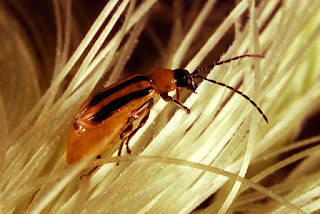Worries Deepen That Another Deadly Hog Disease May Arrive in Canada

African Swine Fever in China Prompts Call for Review of Biosecurity on Canadian Farms Farmscape for September 4, 2018 African Swine Fever has now been reported over a vast area in China. A PinP photo. In light of this, Manitoba Pork is encouraging pork producers to reevaluate biosecurity. The virus affects pigs of all ages causing high mortality and, while it doesn't affect humans and isn't considered a food safety risk, it is highly transmissible, it is trade limiting and it is federally reportable. Jenelle Hamblin, the Manager of Swine Health Programs with Manitoba Pork, says the world is a smaller place than it once was with people and products moving in short amounts of time for many reasons. Clip-Jenelle Hamblin-Manitoba Pork: As a sector we need to be normally aware of the people that are coming onto our premises and where they've been prior to coming but, in the case such as this, it's important to conside





